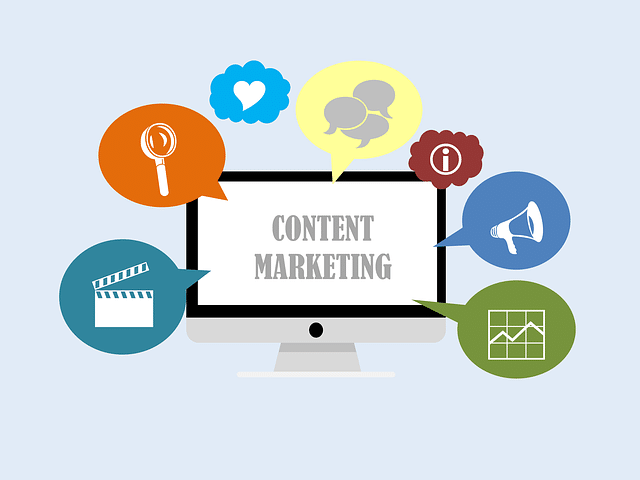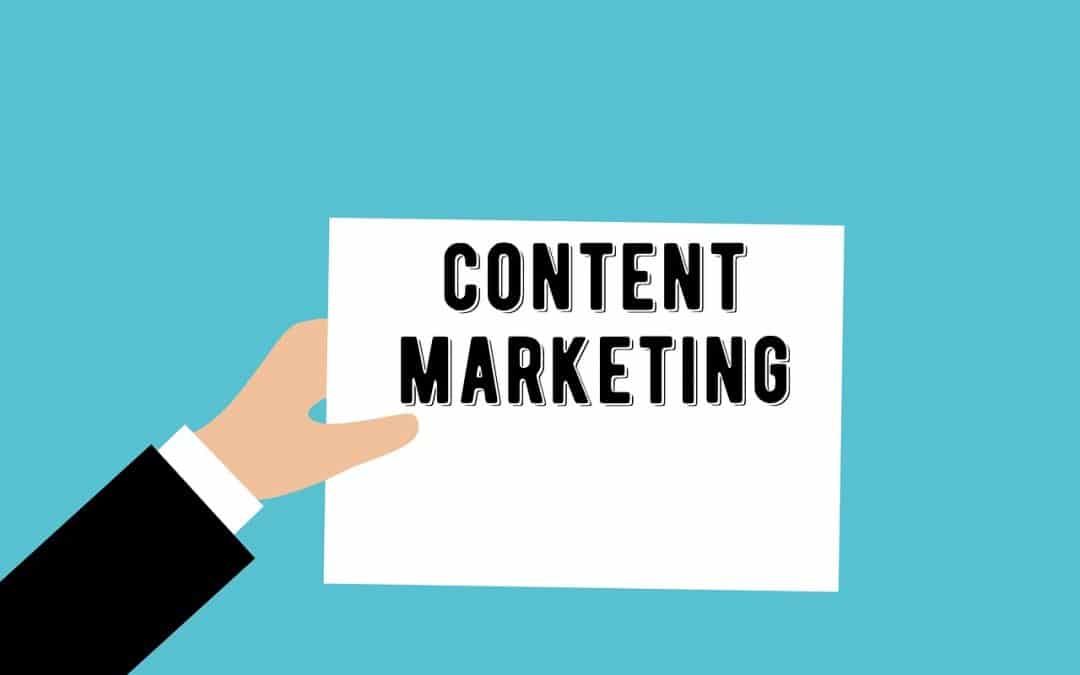
How to Engage Your Visitors using Great Blog Post Topics *
Select a Blog Topic That Will Interest Your Readers
My first step in writing a blog post is pretty logical. I select a topic which I feel will engage and inform my readers. I presently write three blogs to cover my areas of interest. The Better Business Alliance is my main blog. However I also write blogs to address two topics that are very important to me, Accessibility and Sustainability.
My Better Business Alliance blog is focused on helping business owners develop a Digital Marketing Strategy to help them grow their business. This blog is written and the topics chosen to give small business owners bites of snack-able information that will help you grow their business.
This is done for a specific reason. Overloading your visitors with too much information can be overwhelming. For small business owners, it’s important to break these topics down into snack-able pieces of Digital Marketing that you can absorb and master. Breaking down your Digital Marketing makes it easier to understand and conquer. My goal is to make Digital Marketing understandable for everyone.
Digital Marketing is a broad topic which covers many different segments of marketing in the digital age. If my reader’s take the correct approach they can break down the task of digital marketing into a number of related steps that are much more manageable.
Your Successful Digital Marketing Components are Important
Digital Marketing is the sum of it’s many parts. Social media marketing, content marketing, search engine optimization and many more digital marketing segments are critical if you want to be successful. Together they may seem formidable, but when you view just one facet at a time they become much more manageable.
The topics I choose to blog about in each post are either points that are of particular interest to me, or need to be discussed because of their importance for all of us. My blogs teach people how to do things or about something that matters to them.
I Select Topics That Will Help My Audience Succeed
The majority of my posts are “how to” content. If you have a different style of blog, you may follow a different path for developing your post topics.
My other blogs are Accessibility International and Sustainability International. These are written to address two topics which matter to me and that should matter to all of us.
The topics of Accessibility and Sustainability are important to many and they affect all of our lives. Embracing Accessibility for all, and choosing Sustainability and green practices make everyone’s lives better.
A Blog is the Core of Your Digital Marketing Strategy
Whatever your business, a blog is critical to and enhances your Digital Marketing Strategies success. A Blog helps others find your business by telling your story to the world.
When it comes to selecting blog post topics, you have endless choices that will engage others with your content. You can choose any topic about anything having a connection to your business. Writing your blog posts is about telling your story and starting a conversation using topics which interest you and your visitors. Happy blogging.







